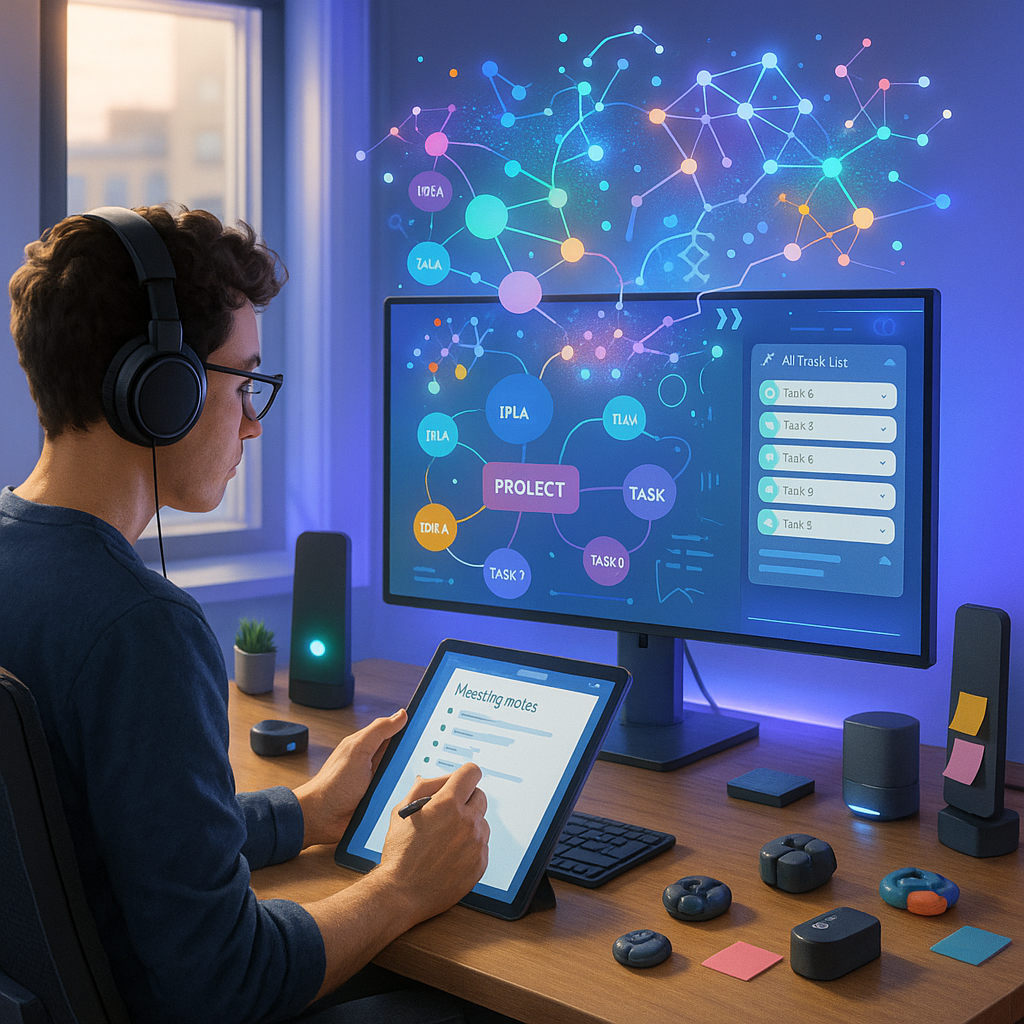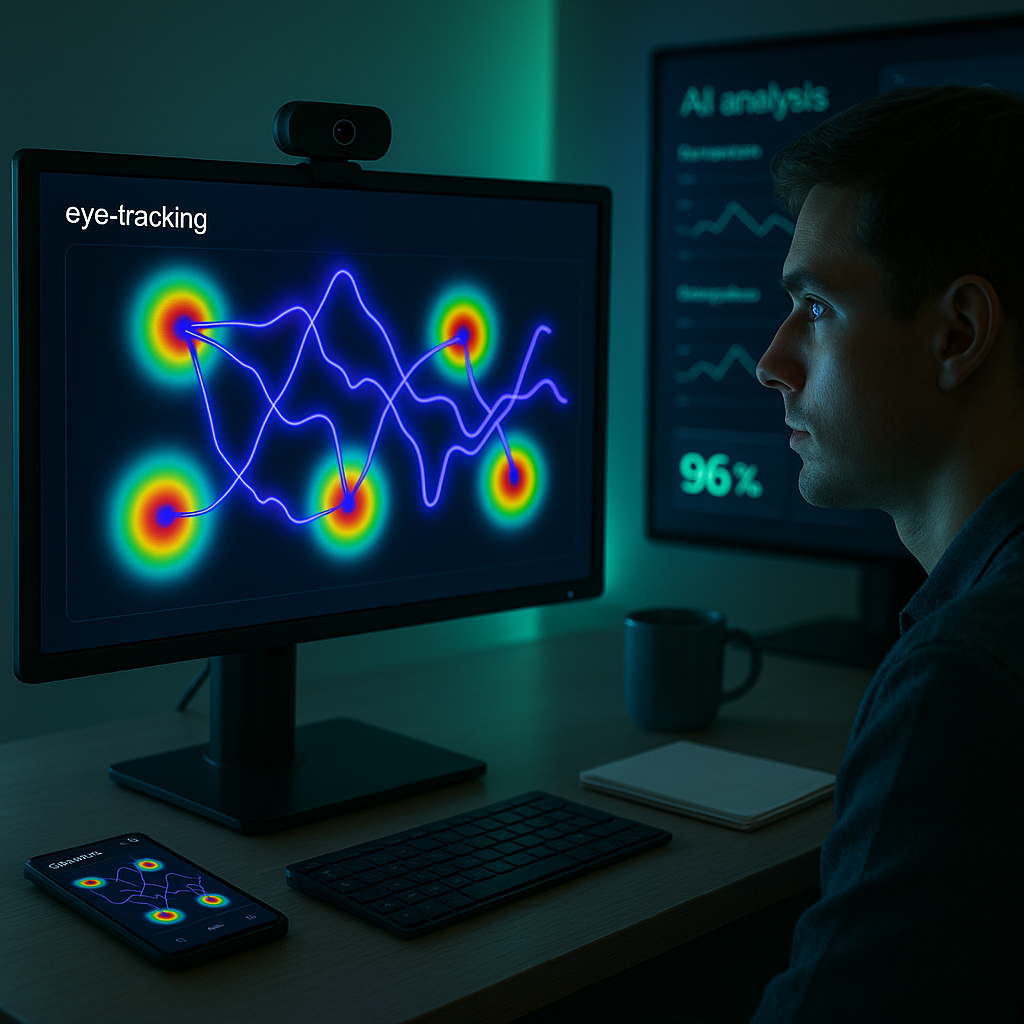Key Takeaways
- AI tools unlock unique strengths: Customizable assistants help neurodivergent individuals harness hyperfocus, manage distractions, and organize complex projects more intuitively.
- From burnout to sustainable growth: Streamlined automation reduces overwhelm and repetitive tasks, supporting business scaling without compromising mental health.
- Workflow solutions rooted in lived experience: ADHDink and similar innovators develop systems based on real neurodivergent challenges rather than generic productivity hacks.
- Creative approaches over rigid routines: AI-driven systems adapt to individual rhythms, making daily organization sustainable and enjoyable.
- Next up: community-driven AI upgrades: Upcoming tools will include feedback from neurodivergent users, fostering practical innovation and deeper personalization.
Introduction
AI-powered productivity tools are reshaping daily life for neurodivergent professionals, especially those with ADHD and autism. These tools introduce customizable assistants and automation that transform focus challenges into business assets. Since traditional systems often fall short, solutions like ADHDink, developed from lived experience, are enabling sustainable growth, intuitive organization, and creative workflows. This marks a community-led shift in how neurodivergence fuels innovation.
How AI Tools Adapt to Neurodivergent Thinking Patterns
AI-powered productivity tools are changing task management by adapting to varied cognitive styles rather than imposing rigid structures. These tools learn from individual work patterns and adjust automatically to different energy levels and focus states throughout the day.
For example, Motion’s AI scheduler reconstructs daily plans when tasks are moved or delayed. This mirrors the flexible way many with ADHD approach time management. The adaptability helps reduce the shame and frustration that can arise from breaking traditional schedules.
Sarah Chen, a software developer with ADHD, stated that AI assistance has transformed her workflow. “The tools follow my natural rhythms instead of fighting them,” she explained. “When I’m hyperfocused, they feed me related tasks. When I’m scattered, they break things into smaller chunks.“
Key Features That Make AI Tools Neurodivergent-Friendly
- Context-aware task switching supports users in maintaining momentum while honoring their need for variety. Modern AI assistants can sense when focus dips and suggest alternative tasks aligning with current energy levels.
- Natural language processing enables users to capture ideas and tasks in whichever way feels natural, whether by voice or text. Traditional rigid input forms, which often created barriers to organizing thoughts, are no longer required.
- Visual processing features convert text-heavy information into graphics, maps, and diagrams.
“Being able to see my projects laid out spatially rather than linearly made everything click,”
said Marcus Wong, an autistic business analyst.
- Smart reminders adjust to individual response patterns, learning the best timing and format for notifications. Some tools even integrate gamification elements, supporting dopamine-seeking behaviors rather than working against them.
Real-World Applications and Success Stories
At technology consultancy Neurodive Solutions, implementing AI productivity assistants increased project completion rates by 47% among neurodivergent employees. The company’s AI system breaks large projects into microgoals and automatically adjusts deadlines based on proven work patterns of team members.
Independent creator Jamie Martinez uses GPT-powered tools to transform unstructured brainstorming into actionable content plans.
“The AI helps me harness my divergent thinking while maintaining enough structure to actually ship projects,”
Martinez noted.
Educational consultant Dr. Rachel Thompson has observed similar benefits for her neurodivergent students.
She stated that these tools act like collaborative partners who understand unique cognitive styles,
providing just enough structure without becoming overwhelming.
Best Practices for Implementation
- Start small: Beginning with one or two AI features helps prevent overwhelm and allows users to build confidence gradually.
- Emphasize customization: Users report better results when they invest time in teaching AI assistants their specific patterns, preferences, and triggers.
- Prioritize ongoing adjustments: The most successful users treat AI tools as adaptive partners, refining settings and workflows as necessary.
Conclusion
AI productivity tools are proving to be highly effective partners for neurodivergent professionals by supporting flexible workflows and transforming differences in thinking into operational strengths. This evolution is making daily life and business growth more accessible for those with ADHD or on the autism spectrum.
What to watch: Continued development of features and integrations as AI platforms expand customization options for neurodivergent users.





Leave a Reply